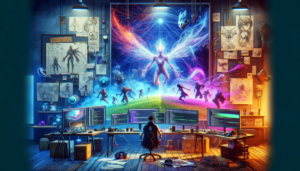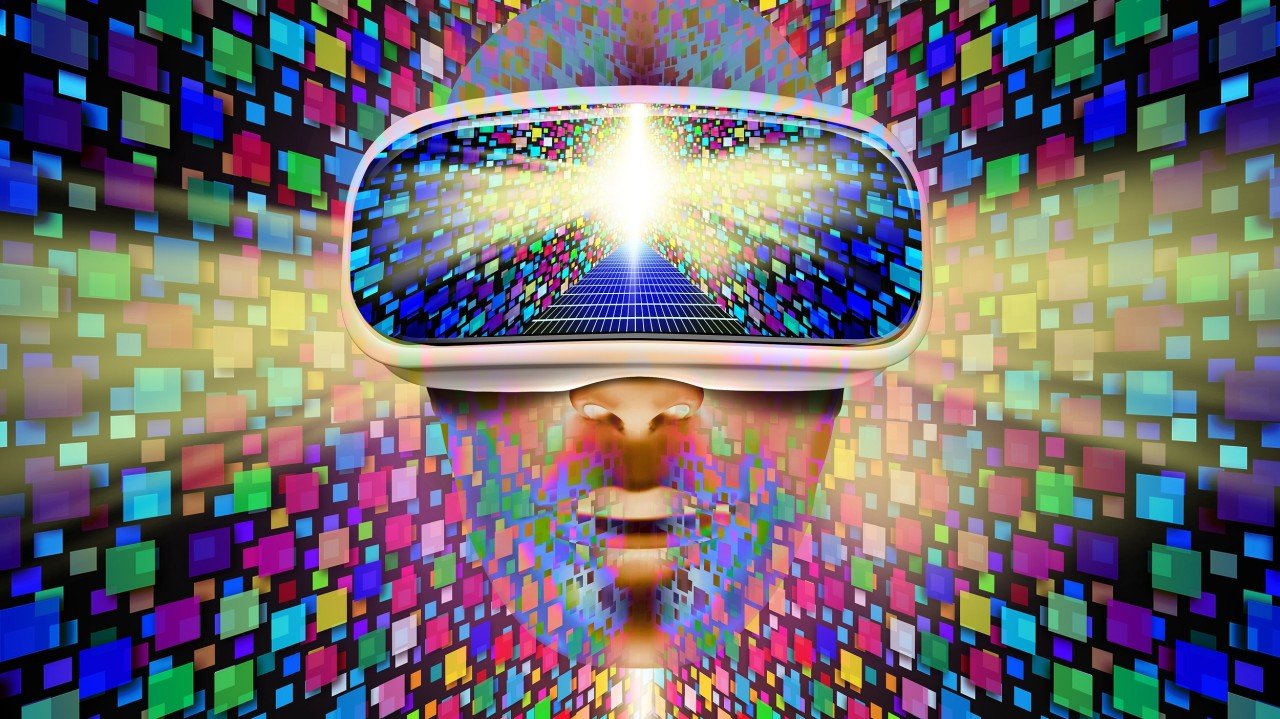
1. The Birth of Gaming: From Pixels to Polygons
The transition from 2D to 3D in the 1990s, marked through video games like Super Mario sixty four and Tomb Raider, delivered players to polygonal photographs and immersive environments. These innovations laid the groundwork for the state-of-the-art gaming experiences we experience today.
2. Graphics and Processing Power: The Realism Revolution
Advancements in images science have been at the forefront of gaming innovation. With effective GPUs like NVIDIA’s RTX sequence and AMD’s Radeon cards, present day video games now characteristic photorealistic visuals, real-time ray tracing, and excessive body rates. Titles such as Cyberpunk 2077 and Horizon Forbidden West show off sensible personality fashions and dynamic environments that blur the line between digital and real.
Similarly, processing strength has dramatically multiplied with next-gen consoles like the PlayStation five and Xbox Series X. These structures boast SSD technology, enabling near-instant loading times, and help for 4K and 8K resolutions, bringing cinematic experiences to residing rooms.
3. Virtual Reality (VR) and Augmented Reality (AR)
Meanwhile, AR gaming, spearheaded by means of Pokémon GO, overlays digital factors onto the actual world, growing a special mixture of bodily and digital realities. AR is predicted to see similarly integration with cellular gadgets and wearable technology, improving accessibility.

4. Artificial Intelligence (AI) and Procedural Generation
Procedural generation, popularized by way of video games like Minecraft and No Man’s Sky, makes use of algorithms to create expansive, ever-changing worlds. This science permits builders to craft vast, specified environments with minimal guide effort, opening the door to countless exploration.
5. Cloud Gaming: Accessibility Redefined
With the rollout of 5G and multiplied web infrastructure, cloud gaming is poised to end up a dominant pressure in the industry, supplying seamless experiences throughout more than one platforms.
6. The Future: AI Companions, Metaverse, and Beyond
Looking ahead, gaming technological know-how is predicted to converge with broader technological traits such as the metaverse, blockchain, and AI companions. The metaverse, a shared digital space, guarantees interconnected gaming worlds the place gamers can socialize, compete, and collaborate. Companies like Epic Games and Meta are closely investing in this vision.
Blockchain science introduces play-to-earn models, permitting gamers to earn cryptocurrency or personal in-game belongings as NFTs. Meanwhile, superior AI may want to lead to sensible digital companions, capable of mastering and adapting to character players’ preferences and behaviors minecraft virtual reality.
Conclusion
As developers push technological boundaries, one factor is certain: gaming will continue to be at the forefront of innovation, fascinating audiences and shaping the cultural panorama for generations to come.
